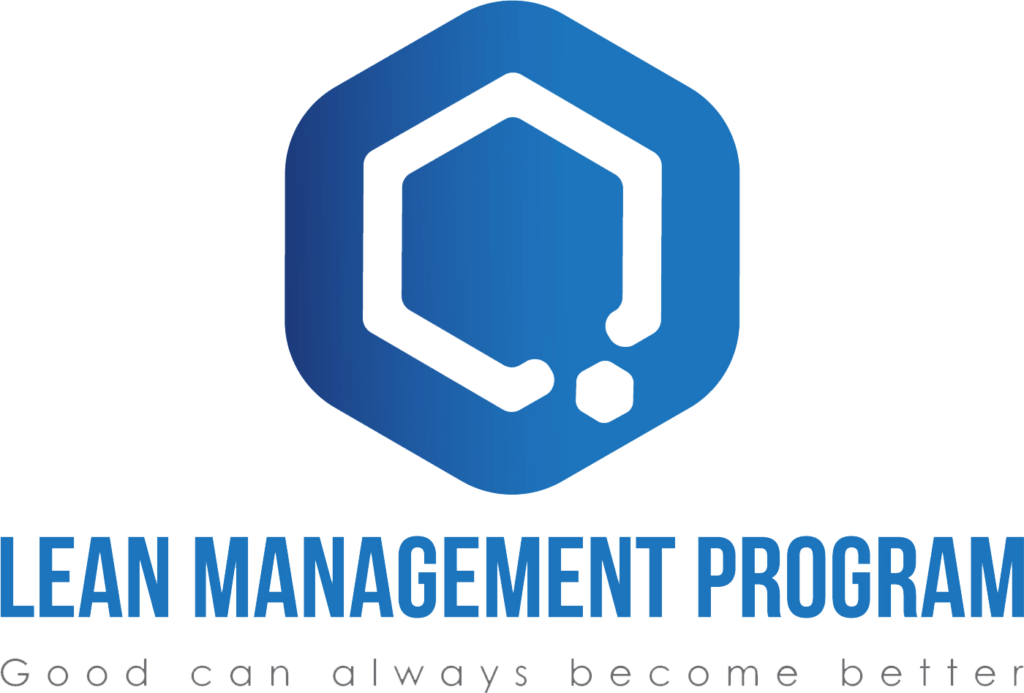You see more quality assurance systems appear around you. This often happens in the context of Lean. Usually these systems provide extra administration, many complaining about a lot. ‘All extra work that is not good for anything’. And let’s be honest: what is the added value for your customer that an employee records that you stick to the procedures? That is the most normal thing in the world? And why does that still have to be administered? Administration is not lean but muda (waste)? How is this exactly?
The founder of industrial quality assurance is William Deming. He assumed that the design of a (manufacturing) process automatically leads to variation. The causes – Deming calls this common causes – lie in the design of the process. In addition, Deming distinguishes special causes. These cause variation because, for example, a machine has expired, the tool is worn or an employee is not properly trained. Using statistics, the outcome of the process can be measured or a special cause has occurred somewhere. Of course it is then necessary to have a standard with regard to the outcome of the process.
Detecting special causes is important because it can be used to trace and correct the disruptions of the process. Without special causes there is a controlled process, and one can start working on the common causes to further reduce variation.
You can also see this principle in Lean. The control card is still used to check whether the process is controlled. For example, the reduction of common causes in the process design can be seen in Poka-Yoke: here (technically) the possibility of making mistakes is eliminated. But the process design can also be improved by investing in the training of employees. At KaiZen, such alternatives come to the table side by side.
What does that mean for the dilemma that has been set before: is registration waste or necessity? That depends on the design of the process. When a process is (technically) designed in such a way that errors are impossible, registration is unnecessary (unless testing the technique). Even when employees are trained in such a way that they will never make certain mistakes, administration is superfluous. What belongs to professionalism does not have to be recorded.
Is this administration superfluous? Yes, unless the customer asks for it, or when the law requires it. When my car has been checked, I can see on the form which points have been checked exactly. They are checked by the mechanic. The customer apparently thinks it is of value that he can check exactly what has been inspected. But then the process is designed in such a way that administration by the technician is part of the service that is provided to me. Incidentally, you must be able to compare the outcome with a standard – namely that the technician has actually also inspected.
Unfortunately, in practice you often see that the checklist is the only norm. Or that you have never heard of a rule card; or that the employees are not adequately trained as professionals; or that with the list no KaiZen is performed to improve the process. That is not at all Lean.
Quality care pays for itself – provided it is applied with knowledge and knowledge.
prof.dr.ir. J.C. Wortmann (voorzitter LMN)
Hoogleraar Business & ICT Faculteit Economie en Bedrijfskunde
Rijksuniversiteit Groningen
